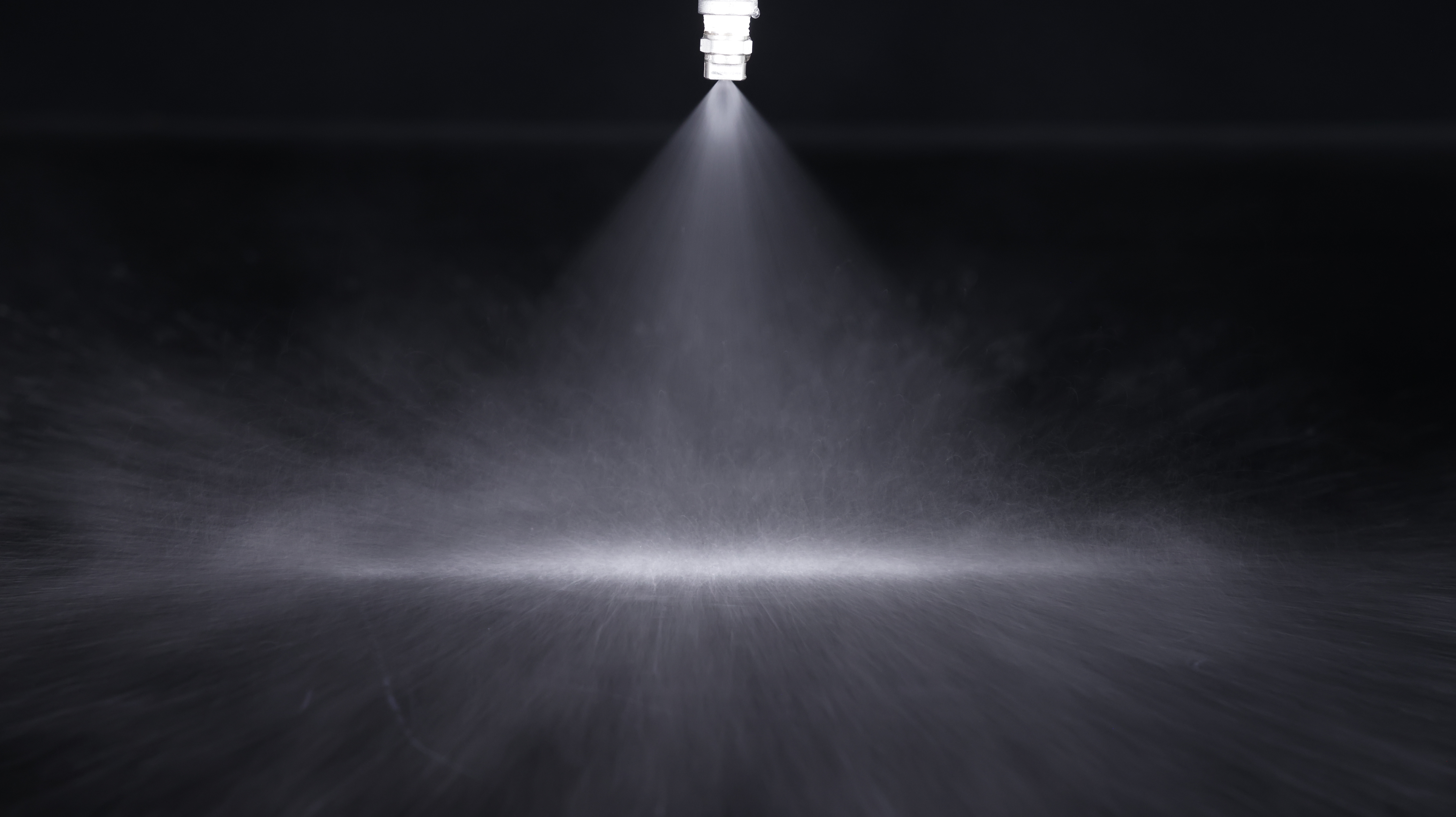
First, the selection of fan atomizing nozzle skills
The thin rectangular mask average produced by the fan atomizer is accurately positioned in the header device, and the spray produced by these fan atomizer applications is tightly connected, mainly used in high impact applications, which is an ideal choice for high impact. The fan atomizing nozzles are divided into narrow Angle and wide Angle. Narrow Angle fan atomizing nozzle can produce higher impact force, wide Angle nozzle can produce lower impact force. Two different fan atomizing nozzles are widely used in the industrial field.
1. Fan atomizing nozzle spray and impact force
The temperature of the liquid does not affect the spray performance of the nozzle, but it affects the viscosity and specific gravity, while also affecting the choice of materials. The material of the nozzle should also be determined according to the chemical characteristics of the tank, and the non-corrosive tank can be cast in bronze or plastic according to the difficulty of processing. In order to prevent corrosion, non-metallic materials can be used; For sulfuric acid, hydrochloric acid and other strong corrosion tank liquid, nylon plastic can be used; The nozzle material for phosphating tank is generally made of acid-resistant stainless steel, and the nozzle to prevent rust can also be directly made of stainless steel or nylon.

2, fan atomizing nozzle according to the material selection
The nozzle with a certain impact force should choose a small Angle nozzle, and the liquid column flow (that is, jet) is better; The fan atomizing nozzle is suitable for cleaning, degreasing, cooling, etc., and the conical nozzle is suitable for bleaching, surface, phosphating, humidification, dust removal, etc. Venturi mixing nozzles should be installed in the paint storage tank and tank body, taking "H" type mixing nozzles (also known as Venturi nozzles) as an example, the tank liquid is mixed with the suction liquid at a flow rate of 1:4 after a certain pressure, to achieve the effect of air-free mixing of the solute, thus preventing precipitation, because the agitation ensures the uniform mixing of the chemical solution.
3, fan atomizing nozzle selection according to Angle
Fan atomizing nozzles are widely used in metal processing cleaning, spray coating, jet cooling, oil stain removal, electroplating line washing and other industries. The importance of the fan atomizer is important because the fan atomizer has a wide range of uses.


